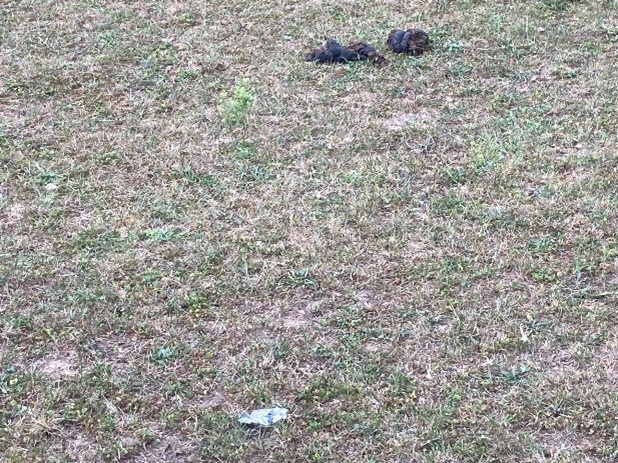
What a weather transition has occurred in the last month! Hay harvest, and corn and soybean planting were extended because of rain that seemed to be happening every third to fourth day.


What a weather transition has occurred in the last month! Hay harvest, and corn and soybean planting were extended because of rain that seemed to be happening every third to fourth day.

Taking large round and large rectangular bales and wrapping them with white plastic to make bale silage (baleage) has become a common practice.

You better not feed yew to the ewe (and other livestock) In memory of livestock that met “Their Maker” because they ate yew. It’s that time of year when the yew (pronounced like the letter “U”) is likely in need of a trim to look best as a landscaping plant. Yews have been used as a common landscaping shrub or small tree for decades. They have closely spaced, glossy, rather tough, dark green, linear pointed-end leaves that are 1.5 – 2 inches long. Hard-to-see male and female flowers are found on separate plants and form fleshy red to yellow fruits that contain a single seed. Many plants have poisonous compounds that can cause all kinds of concerns, and even death, if consumed. The interactions that I have had with veterinarians, suggest that the yew is right at or near the top of plants that cause livestock death. A disheartening scenario[Read More…]
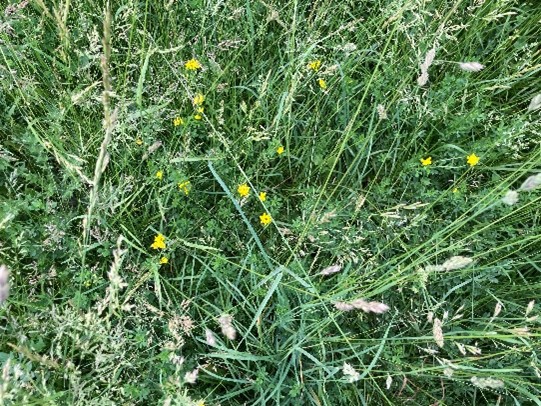
Managing pasture properly requires much skill, just like any agronomic crop. Much skill is required to do it in an “A” grade fashion because there is a livestock component to the agricultural system, too.
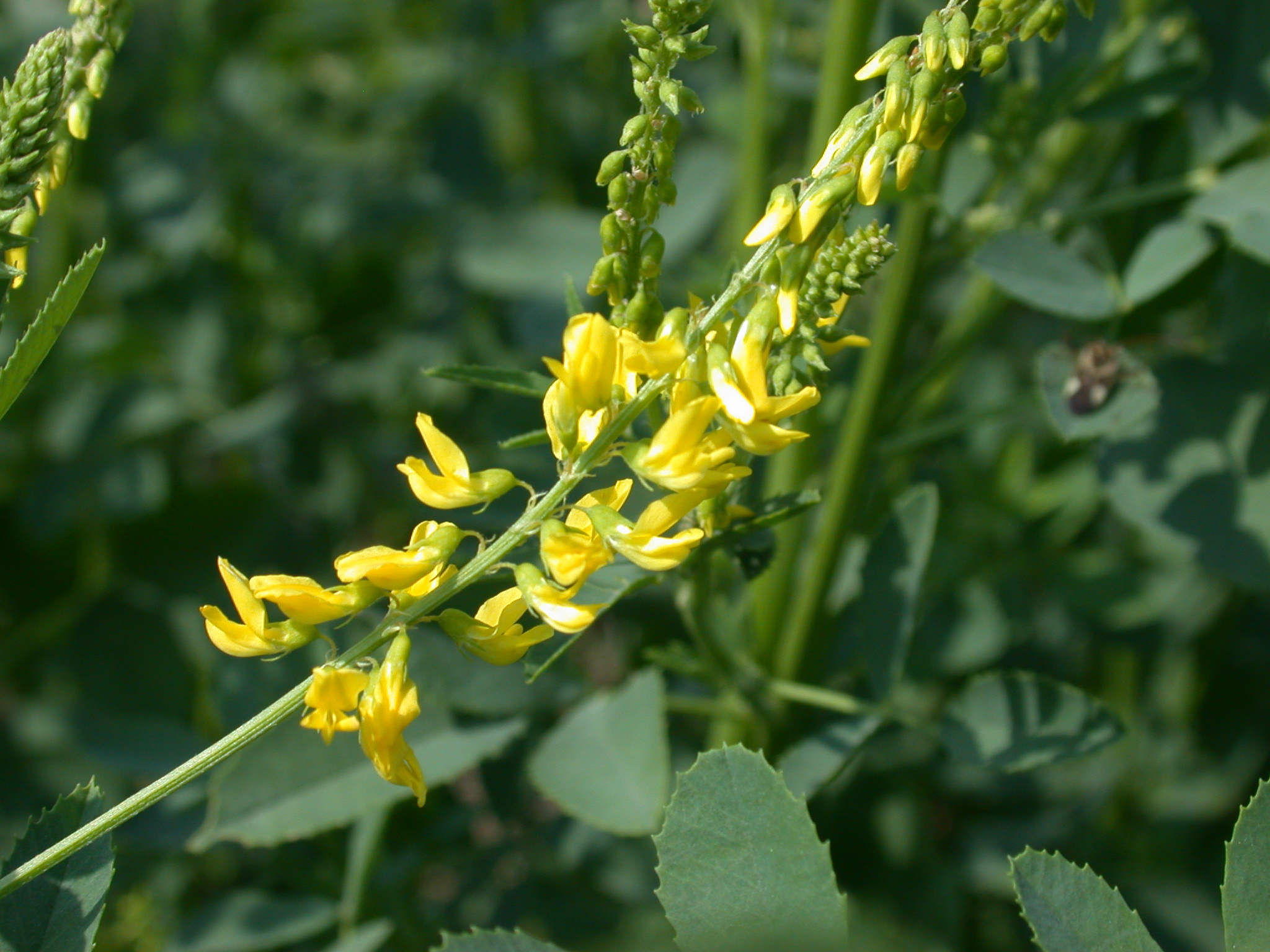
You don’t see birdsfoot trefoil in many Indiana pastures. This perennial legume is beginning to bloom now with obvious bright yellow-orange flowers.
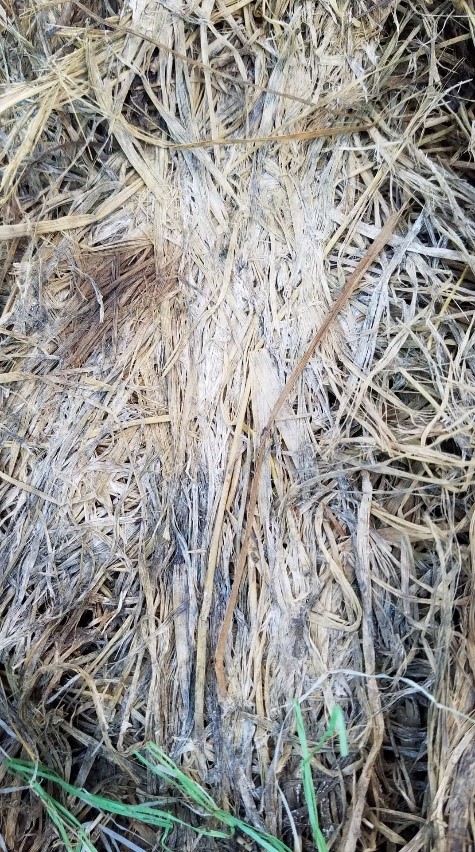
It is that time of year when much cool-season grass and legume hay is being made in Indiana.
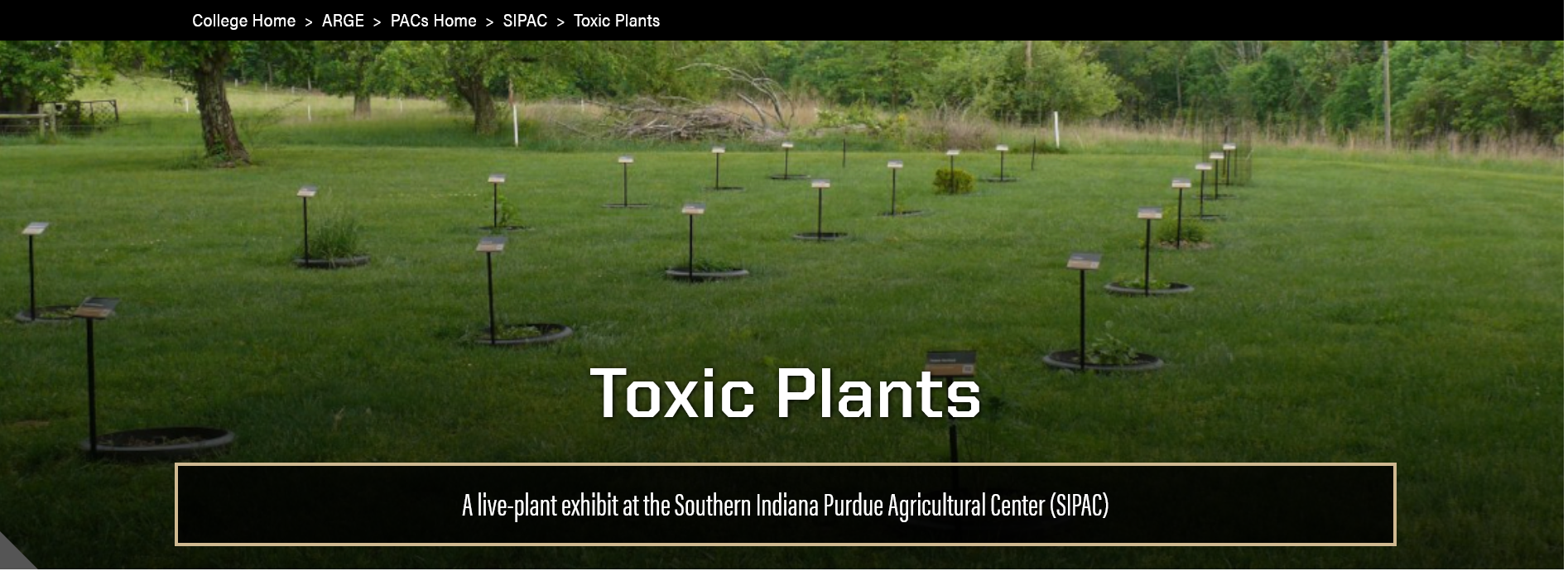
Recent conversations with individuals about poison hemlock and cressleaf groundsel, plants with toxicity concerns, prompts me to inform producers and agricultural professionals about the “Toxic Plant Exhibit” at the Southern Indiana Agricultural Center.
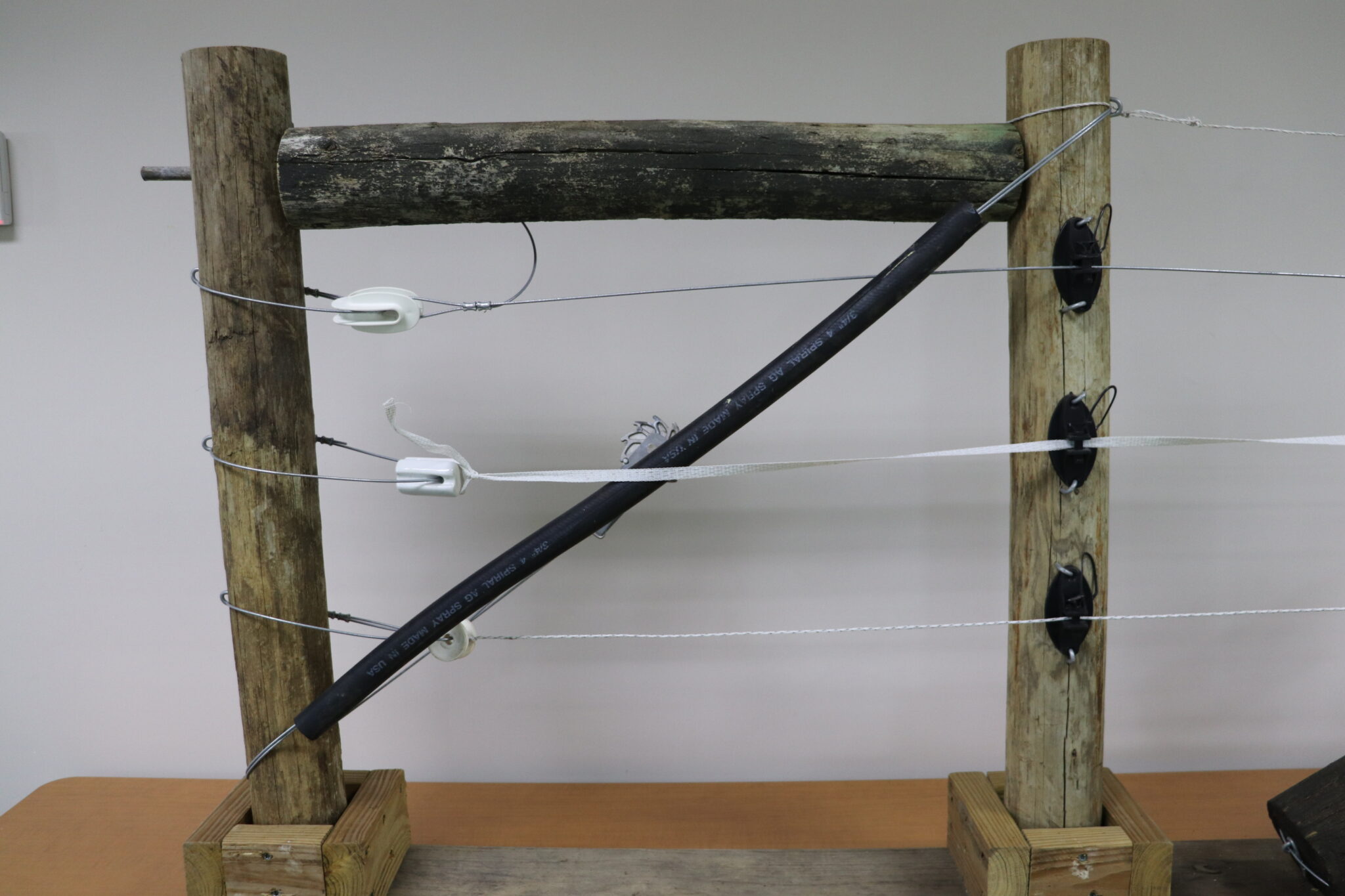
A planned fencing system is critical to an effective pasture system.
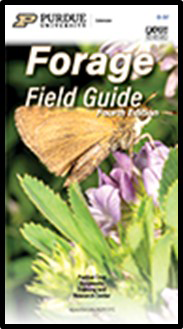
The Purdue Forage Field Guide and subscriptions to forage magazines have great value if information learned is utilized in the forage business.

Hard to believe, especially after this week, but fall and cooler temperatures will be here in less than a month.
© 2024 Purdue University | An equal access/equal opportunity university | Copyright Complaints | Maintained by Pest&Crop newsletter
If you have trouble accessing this page because of a disability, please contact Pest&Crop newsletter at luck@purdue.edu.